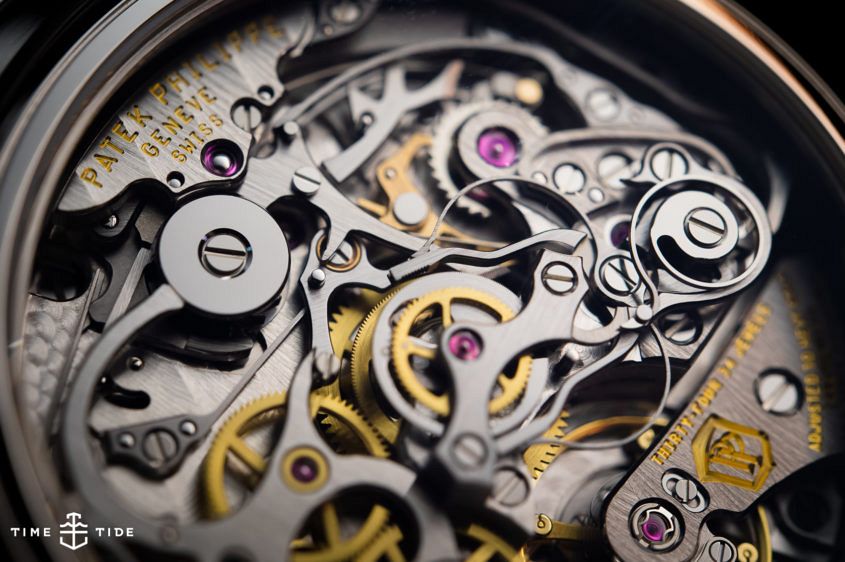 If you’re considering buying a new watch, one of the least important questions you should ask is: “Does it have an in-house movement?” To be blunt: the mere existence of an in-house movement does not necessarily equate to a better watch. So why do we see the in-house claim being made by so many watch brands? Why do they use it like a badge of honour, a mark of prestige and exclusivity, a (strongly implied) guarantee of superior quality – and a reason for charging a higher price? Let’s start with what the term actually means. Like many words that have been hijacked by the luxury marketing community and rendered meaningless through misuse and overuse, “in-house” has been reduced to little more than jargon – and has bamboozled watch buyers in the process. In its true sense, an in-house movement’s components must all (screws, jewels, hairsprings, the lot) have been made under the roof of the brand whose name appears on the dial. The same company’s own employees will also have designed and developed the movement from scratch, then assembled, decorated and finished it. By this definition, a true in-house movement is an extremely rare creature. However, it’s a long…
If you’re considering buying a new watch, one of the least important questions you should ask is: “Does it have an in-house movement?” To be blunt: the mere existence of an in-house movement does not necessarily equate to a better watch. So why do we see the in-house claim being made by so many watch brands? Why do they use it like a badge of honour, a mark of prestige and exclusivity, a (strongly implied) guarantee of superior quality – and a reason for charging a higher price? Let’s start with what the term actually means. Like many words that have been hijacked by the luxury marketing community and rendered meaningless through misuse and overuse, “in-house” has been reduced to little more than jargon – and has bamboozled watch buyers in the process. In its true sense, an in-house movement’s components must all (screws, jewels, hairsprings, the lot) have been made under the roof of the brand whose name appears on the dial. The same company’s own employees will also have designed and developed the movement from scratch, then assembled, decorated and finished it. By this definition, a true in-house movement is an extremely rare creature. However, it’s a long…
The post OPINION: In-house movements, do they even matter? appeared first on Time and Tide Watches.
Continue reading ‘OPINION: In-house movements, do they even matter?’